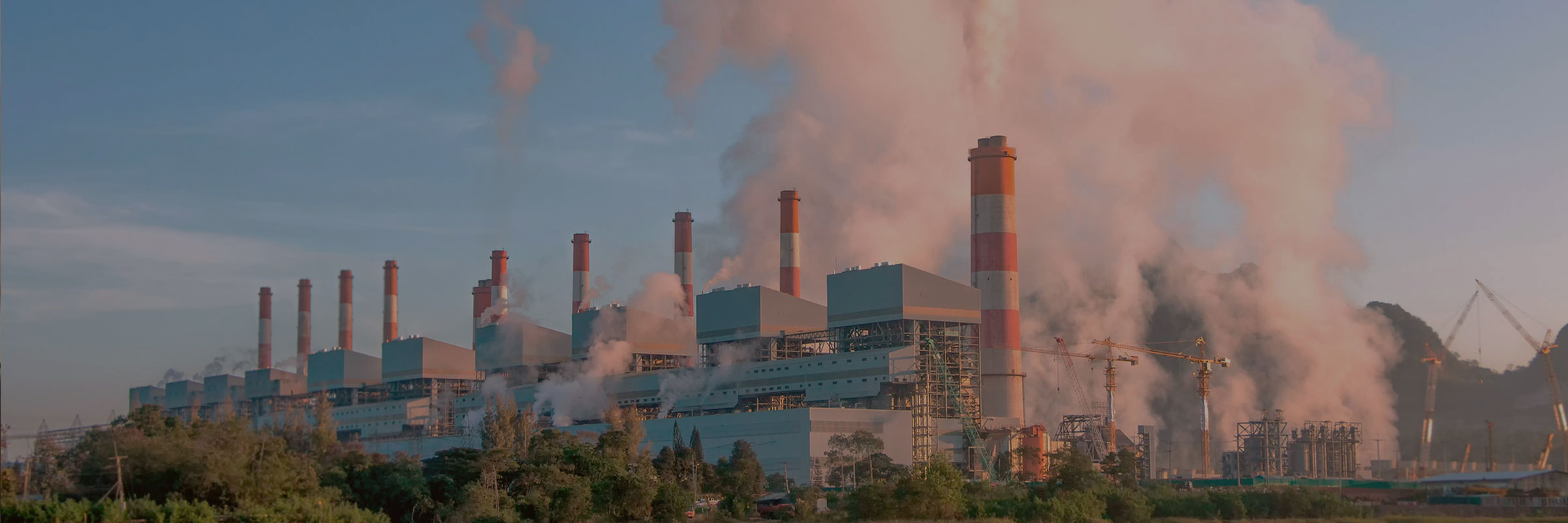THE MINAMATA CONVENTION ON MERCURY
A GLOBAL TREATY
The Minamata Convention on mercury is a United Nations treaty that commits the international community to reducing mercury emissions and taking other measures to control the supply and trade of mercury as well as mercury added products and manufacturing processes in which mercury is used. Its coming into force was a global acknowledgement of the adverse environmental and health impacts of mercury.5 The Convention is named after the Japanese city which witnessed a great ecological and human tragedy in the 1950s and 60s due to uncontrolled releases of mercury into local waters.6
The Minamata Convention requires signatories to control and reduce emissions from coal-fired power plants and industrial boilers, non-ferrous metals, cement and waste incineration. In addition to controlling emissions from existing installations, signatories must use best available techniques and best environmental practices (BAT / BEP) to reduce emissions from new installations as soon as practicable, but no later than five years after the entry into force of the Convention for the Party in question.7
The Convention was adopted in 2013 and has 128 signatories, including the European Union and 26 EU Member States. It entered into force on 16 August 2017 and had been ratified by 101 Parties at the time of writing. The first Conference of the Parties to the Convention was held in September 2017 in Geneva and formally adopted guidance on best available techniques and best environmental practices to reduce mercury emissions.8
BSEF members fully subscribe to the goals of the Minamata Convention by developing bromine-based technologies that will help in the reduction of atmospheric mercury emissions from human sources (for instance thermal coal plants account for over 20% of global emissions of mercury to the environment).9 BSEF is also a member of the UNEP Global Mercury Partnership and has developed synergies with the IEA – Clean Coal Center.
5 UNEP Booklet: Minamata Convention on Mercury, October 2013
6 UNEP Newscentre: “A town, a disease, a convention: A fitting tribute for the victims of Minamata”, 3 July 2017
7 Article 8 of the Minamata Convention on Mercury
8 http://www.mercuryconvention.org/Portals/11/documents/forms%20and%20guidance/English/BATBEP_coal.pdf
9 UNEP draft 2018 Global Mercury Assessment www.unenvironment.org/explore-topics/chemicals-waste/what-we-do/mercury/global-mercury-assessment






